Rubber prices in major markets continued to decline at the opening of the first trading session of the week, amid the current uncertain global trade outlook.
World rubber price
At the opening of the trading session on April 7, in Thailand, the price of rubber futures for April delivery decreased slightly to 81.15 baht/kg, in Japan it decreased by 1.8% (5.7 yen/kg) to 315 yen/kg. In China, the price of rubber decreased by 13 yuan to 16,297 yuan/ton.
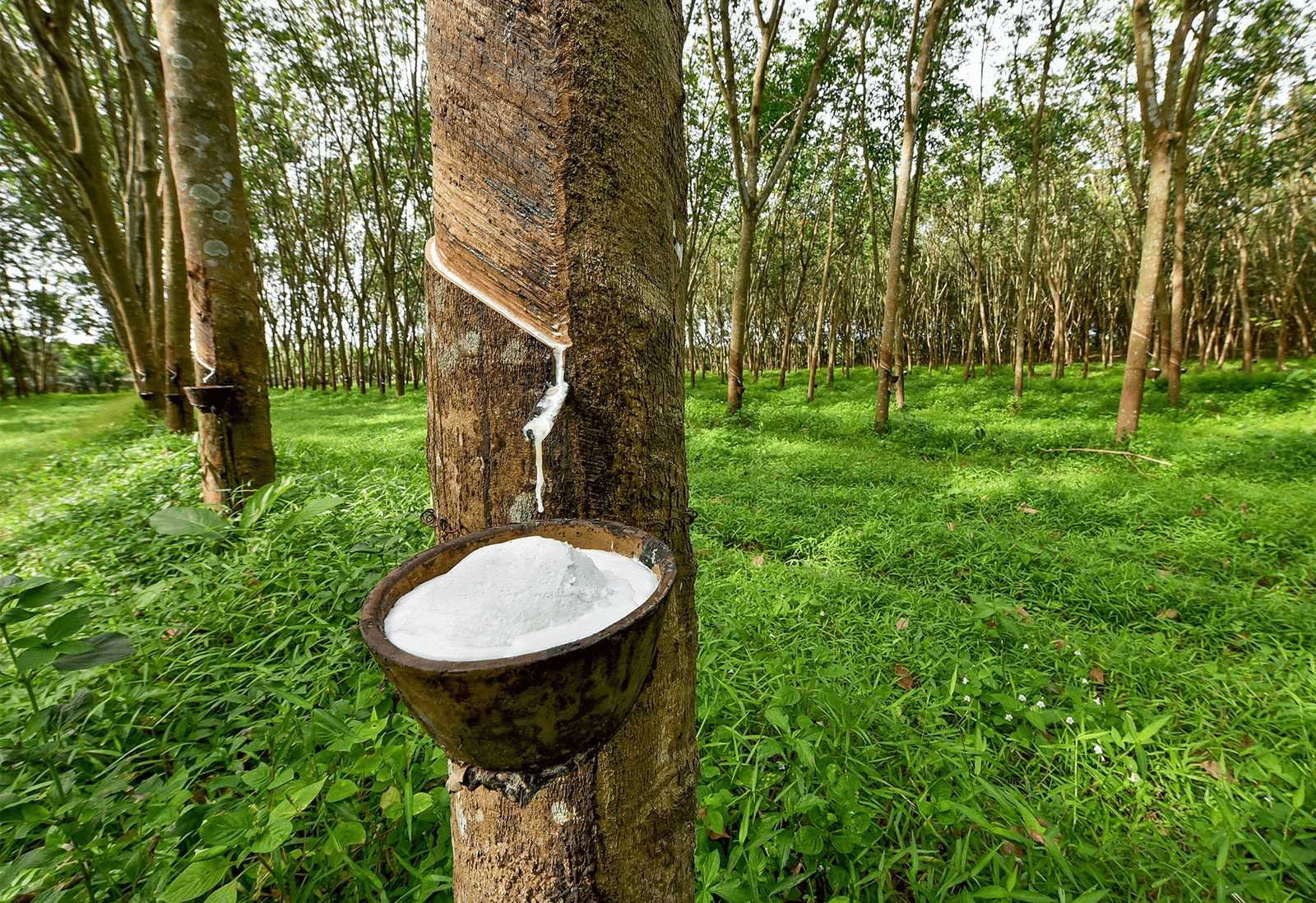
Recently, the Sri Lankan rubber industry called for negotiations with the Trump administration and a support package for workers when facing the risk of losing the US market due to the tax rate increased to 56.5%.
“Since the current duty is 12.5 percent, the additional 44 percent increase will bring the total duty to 56.5 percent, making Sri Lankan rubber exports seriously uncompetitive in the US market,” the Colombo Rubber Traders Association (CRTA) said in a statement.
“This is expected to have far-reaching impacts on rubber tappers, their families and the broader Sri Lankan economy.
The natural rubber industry in Sri Lanka supports over 150,000 rubber tappers, most of whom live in rural areas. These workers and their families depend on the industry for their livelihood.”
The new tariffs come as the Federal Reserve is in the final stages of its interest rate-hike cycle, and commodity prices began to fall sharply late last week.
Sri Lanka also imports rubber, especially for the production of tyres. Accordingly, the Rubber Traders Association is calling on the government to support in the following ways: first, to immediately initiate diplomatic negotiations with the US government to negotiate a significant reduction or elimination of the additional 44% tariff.
Second, diversify export markets to reduce dependence on the US market. Third, there should be financial support packages, subsidies or emergency relief for affected rubber farmers and businesses to help them overcome the economic downturn caused by the tariffs.
Finally, a comprehensive long-term strategic plan is needed to develop and ensure the long-term sustainability of the rubber industry, including investment in technology, improving supply chain efficiency and expanding into new markets.
Domestic rubber price
Domestically, some businesses still keep rubber prices stable. Specifically, grade 1 mixed latex is at 436 VND/DRC/kg; grade 2 mixed latex is at 382 VND/DRC/kg.
Binh Long Rubber Company buys latex at 386 - 396 VND/TSC/kg; mixed latex with 60% DRC is priced at 14,000 VND/kg.
Ba Ria Rubber Company purchases level 1 latex rubber at a price of 452 VND/ TSC degree/kg, applicable to TSC degrees of 30 or higher; level 2 at a price of 447 VND/ TSC degree/kg, applicable to TSC degrees from 25 to under 30; level 3 at a price of 442 VND/ TSC degree/kg, applicable to TSC degrees from 20 to under 25.
Cup latex, coagulated latex with DRC ≥ 50% at 18,000 VND/kg; cup latex, coagulated latex with DRC from 45 - 50% at 16,700 VND/kg; coagulated latex with DRC from 35 - 45% at 13,500 VND/kg.
Mang Yang Rubber Company purchases grade 1 latex at 433 VND/TSC/kg; grade 2 latex at 429 VND/TSC/kg.
Phu Rieng Rubber Company purchases latex at 440 VND/TSC/kg; mixed latex at 400 VND/DRC/kg./.
Source: https://baodaknong.vn/gia-cao-su-hom-nay-7-4-tam-ly-de-dat-248551.html



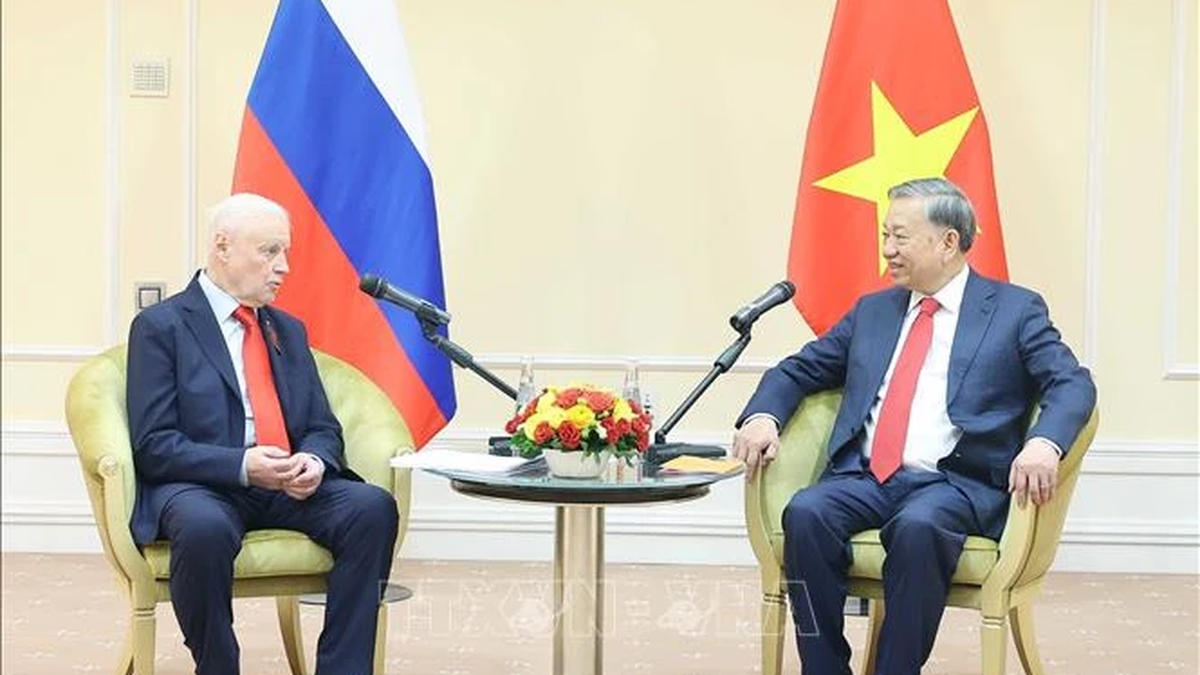

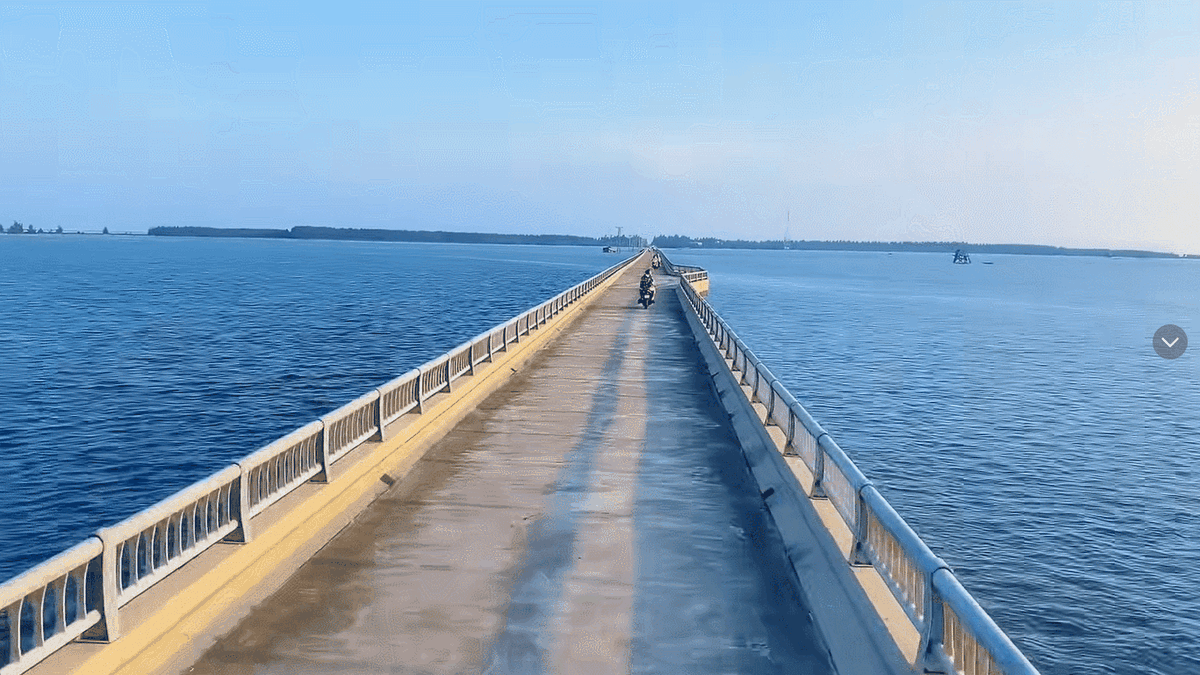



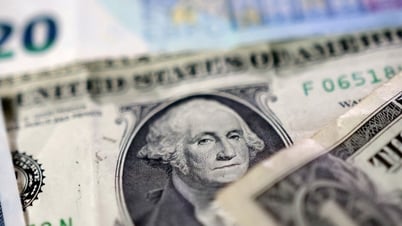



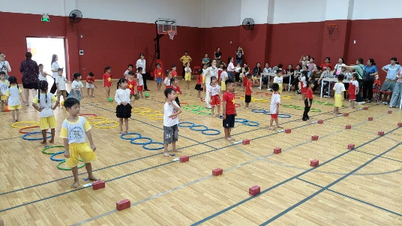









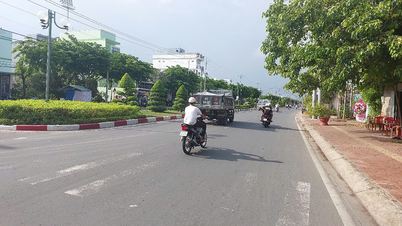
![[Photo] Prime Minister Pham Minh Chinh chairs Government Standing Committee meeting on Gia Binh airport project](https://vphoto.vietnam.vn/thumb/1200x675/vietnam/resource/IMAGE/2025/5/10/6d3bef55258d417b9bca53fbefd4aeee)
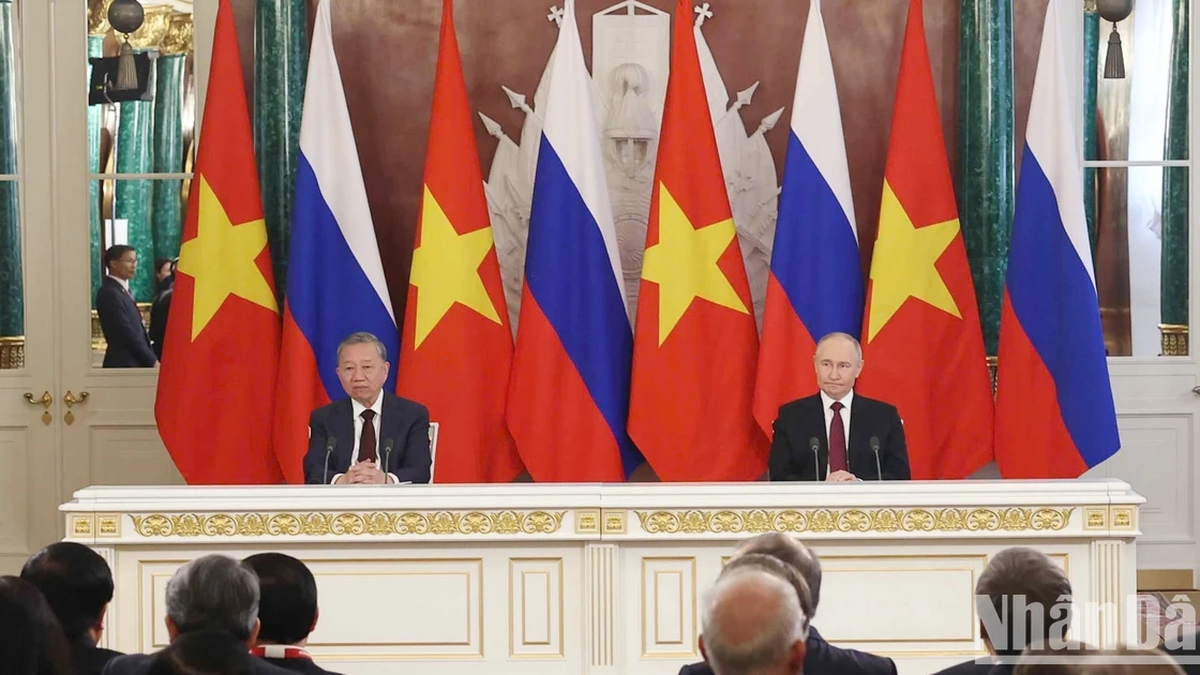








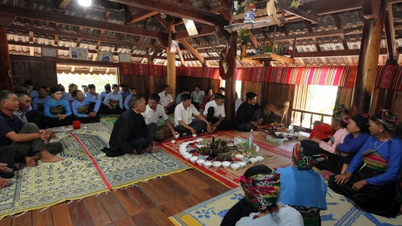







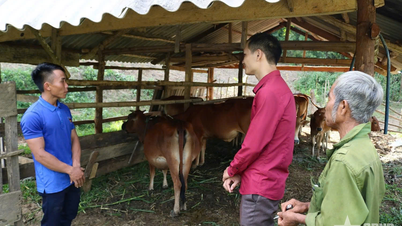

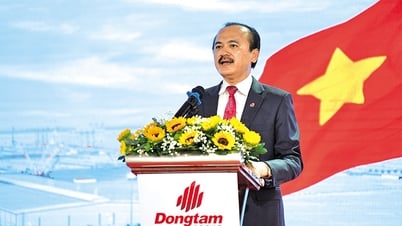

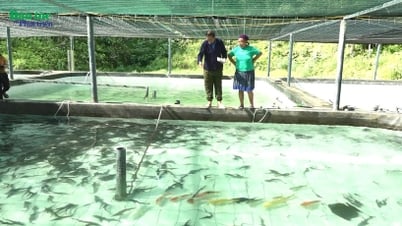












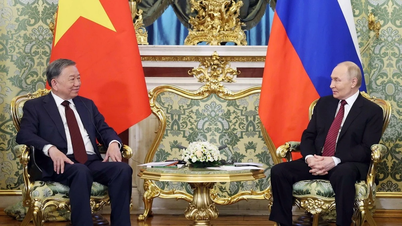


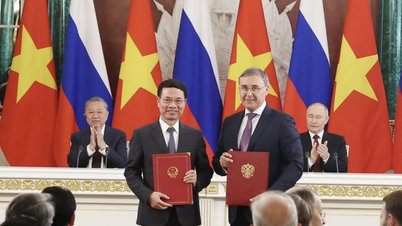
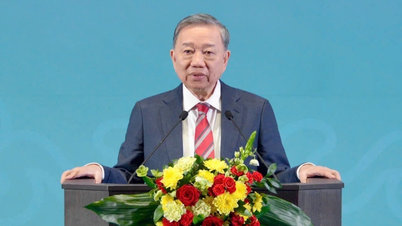
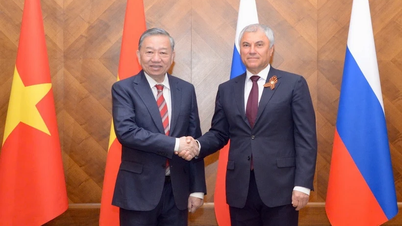











![[Infographic] In the first 4 months of 2025, what growth rate will Dong Nai's economic indicators achieve?](https://vphoto.vietnam.vn/thumb/402x226/vietnam/resource/IMAGE/2025/5/11/827f0070aa0e486db44e9454be503a9b)

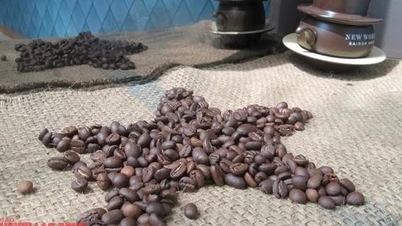

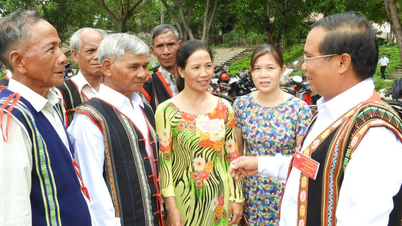


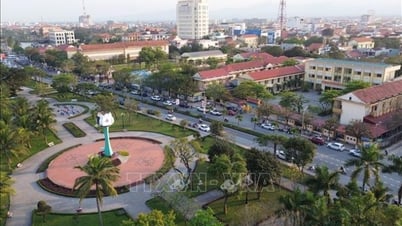











Comment (0)